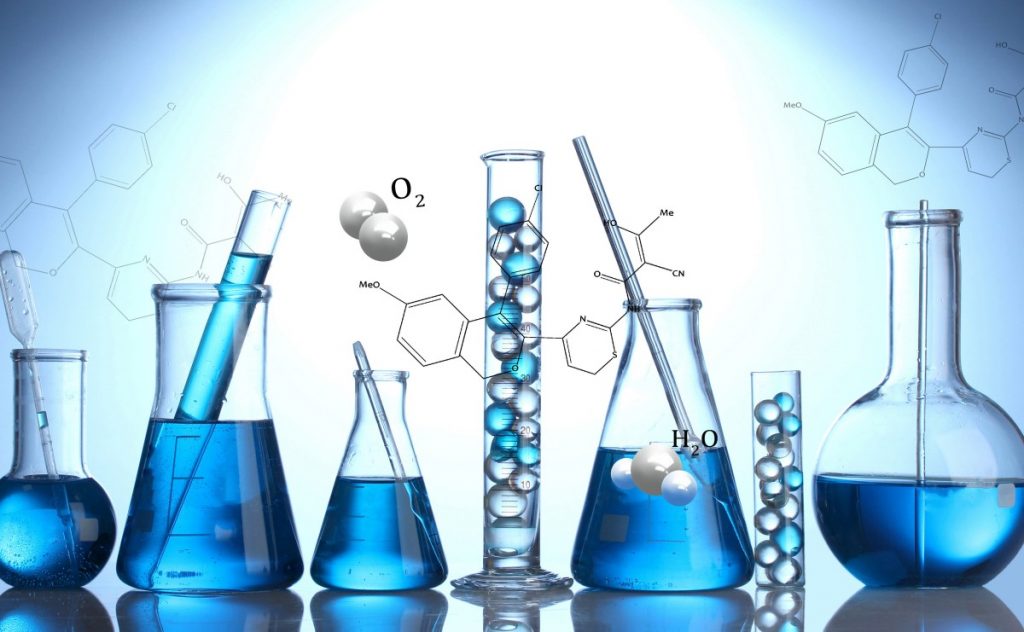
Chemical allergies have become increasingly prevalent in today's society, affecting individuals across various age groups and occupations. The ability to accurately test for chemical allergies is crucial in identifying triggers and implementing effective treatment plans. In this comprehensive blog post, we will delve into the intricacies of chemical allergy testing, exploring the methods, benefits, and limitations associated with this diagnostic process.
- Understanding Chemical Allergies:
Before delving into the testing methods, it is essential to grasp the fundamentals of chemical allergies. Chemical allergies occur when the immune system overreacts to certain substances, triggering a range of symptoms such as skin rashes, respiratory issues, and even anaphylaxis. These allergies can be caused by various chemicals found in everyday products, including cosmetics, cleaning agents, and industrial materials. - Common Chemical Allergens:
To effectively test for chemical allergies, it is crucial to be aware of the most common chemical allergens. Substances such as fragrances, preservatives, metals (e.g., nickel), and latex are frequently associated with allergic reactions. By understanding these common triggers, healthcare professionals can tailor their testing approaches to identify specific sensitivities accurately. - Patch Testing:
One of the most reliable methods for chemical allergy testing is patch testing. This procedure involves applying small amounts of potential allergens to the skin and monitoring for any adverse reactions. Patch testing allows for the identification of delayed hypersensitivity reactions, which may occur hours or even days after exposure. This method is particularly useful in diagnosing contact dermatitis caused by chemicals. - Skin Prick Testing:
Skin prick testing is another valuable tool in the arsenal of chemical allergy testing. This method involves pricking the skin with a tiny needle containing a small amount of the suspected allergen. If a person is allergic to the substance, a localized allergic reaction, such as redness or swelling, will occur. Skin prick testing is commonly used to diagnose immediate hypersensitivity reactions, providing rapid results. - Blood Tests:
In some cases, blood tests may be employed to test for chemical allergies. These tests measure the levels of specific antibodies, such as immunoglobulin E (IgE), in the blood. Elevated levels of IgE antibodies indicate an allergic response to a particular chemical. While blood tests can provide valuable insights, they are often used in conjunction with other testing methods to confirm diagnoses. - Limitations and Considerations:
While chemical allergy testing is highly effective, it is essential to acknowledge its limitations. Testing for chemical allergies can be complex, as individuals may react differently to various concentrations of allergens. Additionally, false positives and false negatives can occur, necessitating careful interpretation of test results. Consulting with an experienced allergist or dermatologist is crucial to ensure accurate diagnosis and appropriate treatment plans.
Conclusion:
In conclusion, the ability to test for chemical allergies plays a pivotal role in identifying triggers and managing symptoms effectively. Through methods such as patch testing, skin prick testing, and blood tests, healthcare professionals can pinpoint specific chemical sensitivities, enabling personalized treatment approaches. However, it is important to recognize the limitations of these tests and seek professional guidance for accurate interpretation. By understanding the science behind chemical allergy testing, individuals can take proactive steps towards a healthier, allergy-free life.




